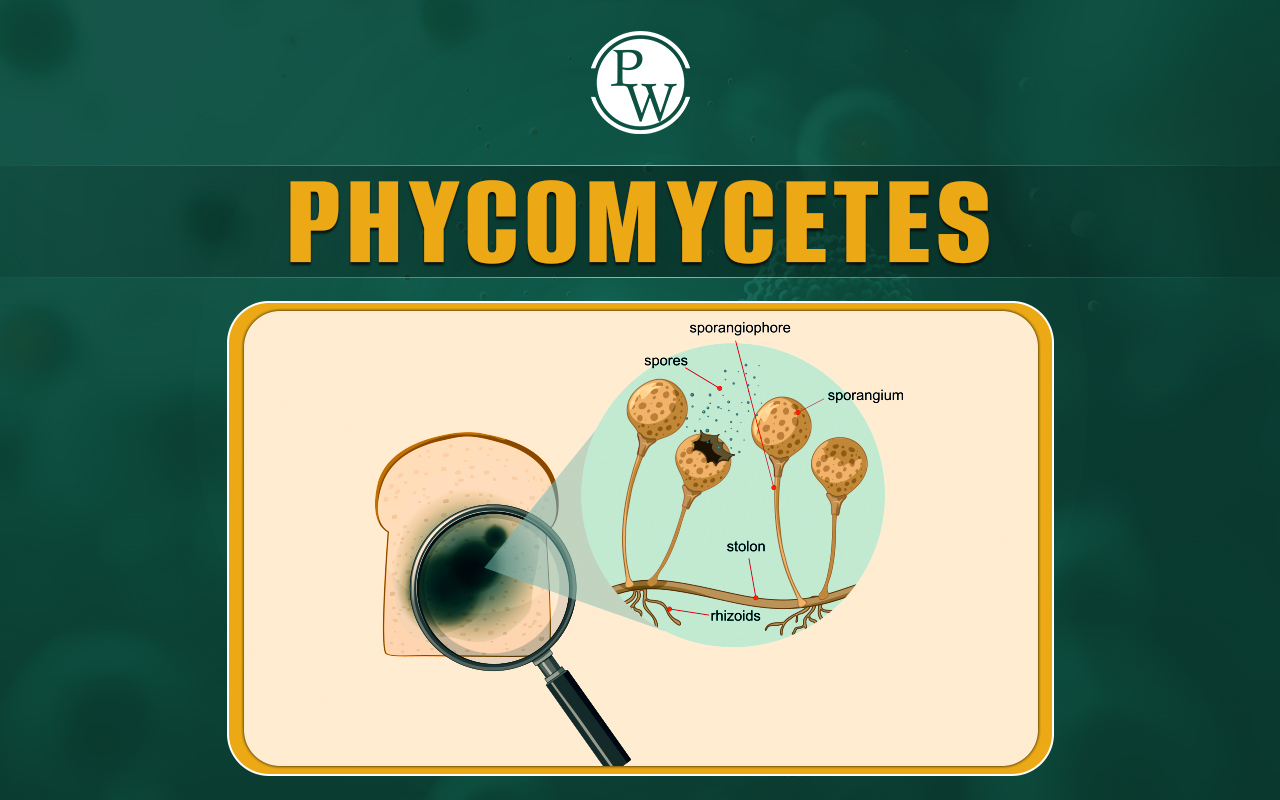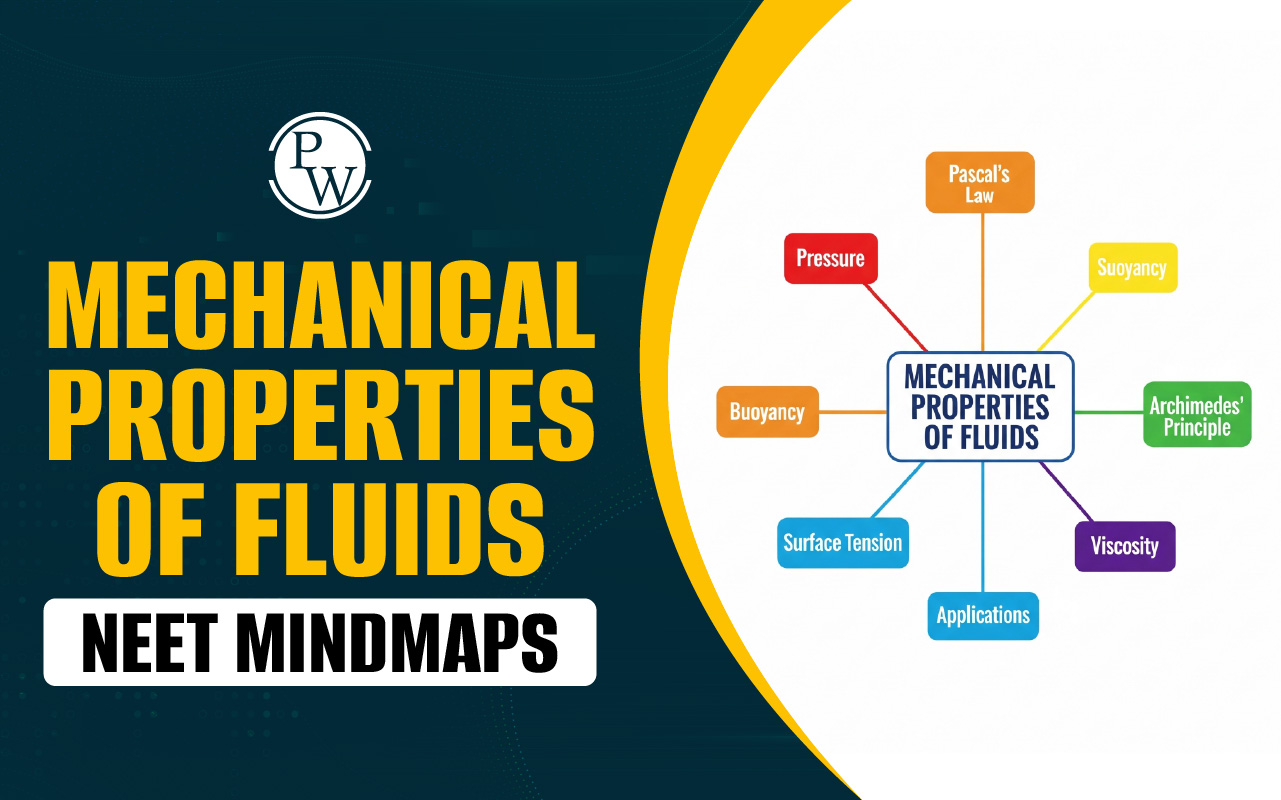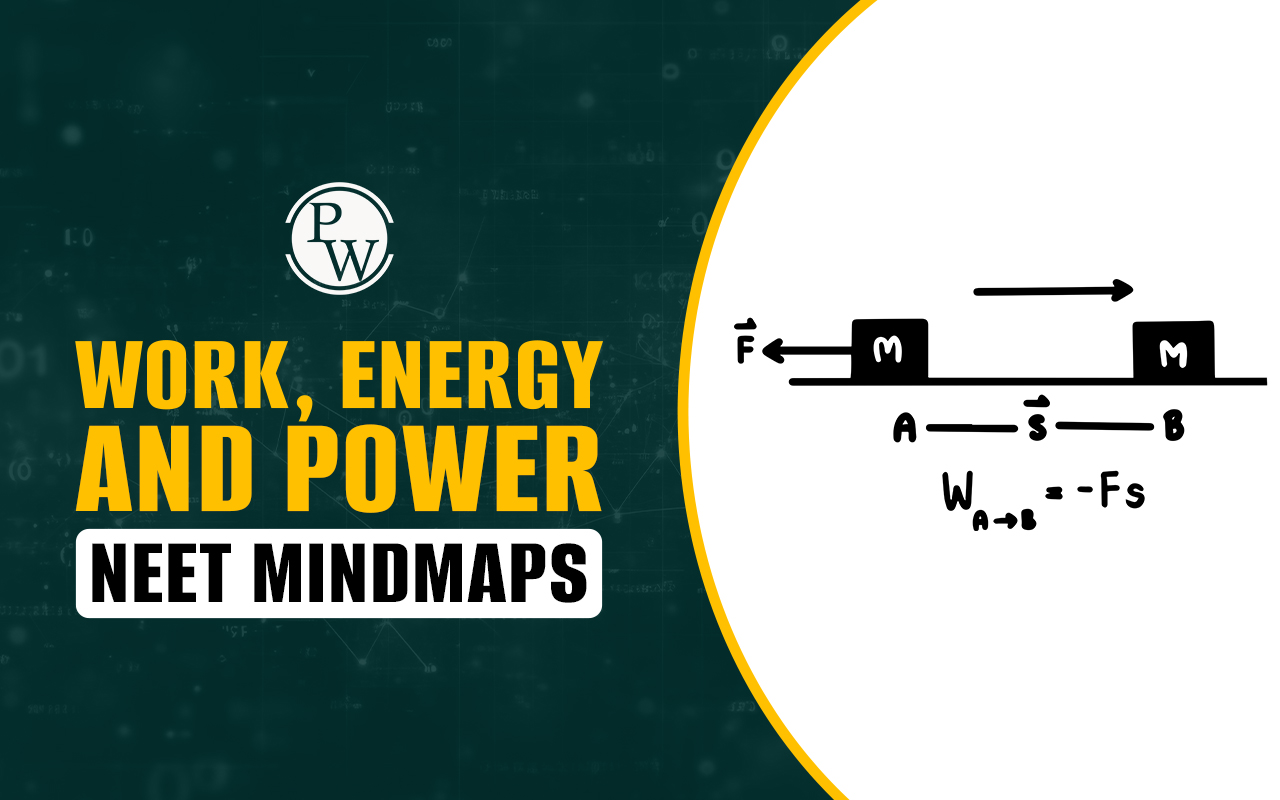

Phycomycetes, also known as lower fungi or algal fungi, play an essential role in the study of fungi and are fundamental to understanding the diversity and complexity of fungal organisms. In the NEET biology syllabus , studying Phycomycetes provides students with foundational knowledge of fungal types, structures, and reproductive methods.
Definition of Phycomycetes
Phycomycetes are a class of fungi often regarded as one of the most primitive groups in the fungal kingdom . They are primarily characterized by their simple structure and limited differentiation within the fungal body. These fungi are unique because they exhibit both plant-like and fungal characteristics, making them a significant focus of study in mycology, or the study of fungi. The members of Phycomycetes are found in a variety of moist environments, where they commonly grow on decaying organic material, soils, and aquatic habitats.Also Check:
Characteristics of Phycomycetes
Phycomycetes possess several distinguishing characteristics that differentiate them from other fungi:- Habitat: They are typically found in moist, damp environments, which provide optimal conditions for their growth.
- Thallus Structure: The body of Phycomycetes is usually a mycelium composed of hyphae that lack septa (cross walls), meaning they are coenocytic. This structure allows for efficient nutrient transport and distribution within the fungal body.
- Cell Wall Composition: While most fungi have cell walls composed of chitin, many Phycomycetes have cell walls that contain cellulose, especially in Oomycetes.
- Nutrition: Phycomycetes can be saprophytic, deriving nutrients from decaying matter, or parasitic, feeding on living hosts. Parasitic species often cause diseases in plants and animals.
- Life Cycle : These fungi exhibit both sexual and asexual reproductive cycles, which vary between species, contributing to their ability to adapt to diverse environmental conditions.
Types of Phycomycetes
Phycomycetes are broadly classified into two main orders:- Oomycetes (Water Molds) : Oomycetes thrive in water and moist conditions, and their structure is more plant-like than typical fungi. They are known for causing diseases in plants, such as late blight in potatoes, caused by Phytophthora infestans. Their cell walls are primarily composed of cellulose.
- Zygomycetes : These fungi are primarily terrestrial and thrive on decaying organic matter. Zygomycetes include many molds, such as Rhizopus stolonifer, which is commonly found on bread. They are characterized by the formation of zygospores during sexual reproduction, which are thick-walled spores that provide durability.
Structure of Phycomycetes
The structural organization of Phycomycetes is relatively simple, especially when compared to higher fungi. The primary components include:- Hyphae: Phycomycetes possess aseptate (non-segmented) hyphae that form a network called mycelium. These hyphae are coenocytic, containing multiple nuclei within a shared cytoplasm.
- Spores : Asexual reproduction in Phycomycetes often involves the formation of spores, such as zoospores (motile) in aquatic fungi or sporangiospores in terrestrial fungi. These spores are usually enclosed within a sporangium, a structure that helps protect the spores until they are ready to be released.
- Cell Wall: As previously mentioned, Phycomycetes may have cell walls made of cellulose rather than chitin, especially in Oomycetes, which further highlights their plant-like properties.
Reproduction of Phycomycetes
Phycomycetes reproduce through both asexual and sexual means, allowing them to spread rapidly and ensure species survival across generations.Asexual Reproduction
- Sporangiospores: The most common mode of asexual reproduction in Phycomycetes is through sporangiospores, which are produced in a sac-like structure called a sporangium. When the sporangium matures, it releases the spores into the environment, where they germinate and form new mycelia.
- Zoospores: In water molds, zoospores are flagellated, motile spores that enable the fungus to disperse in aquatic environments. These spores can move towards favorable conditions, settle, and develop into new individuals.
- Zygospores in Zygomycetes : During sexual reproduction, compatible hyphae come together to form thick-walled, diploid zygospores, which undergo meiosis and eventually germinate to form new hyphal structures. This process ensures genetic diversity.
- Oospores in Oomycetes: In Oomycetes, sexual reproduction involves the formation of oospores, which are also thick-walled and result from the fusion of male and female gametangia (structures that produce gametes). These oospores serve as a survival mechanism in harsh conditions.
MCQs of Phycomycetes
Q1. In-class Phycomycetes, the mycelium is;
- coenocytic and aseptate.
- coenocytic and septate.
- unicellular and aseptate.
- multicellular and septate.
Q2. Which of the following fungi does NOT belong to phycomycetes?
- Rhizopus
- Mucor
- Albugo
- Agaricus
Answers of MCQs of Phycomycetes
Ans1 . Coenocytic and Aseptate., Ans2 . Agaricus Unlock your potential with Physics Wallah's NEET coaching ! Our expert educators provide comprehensive study materials, interactive classes, and personalized guidance to help you excel in your NEET exams.| NEET Exam Important Links | |
|---|---|
| NEET Syllabus | NEET Biology Diagrams |
| NEET Biology MCQ | NEET Biology Chapter wise Weightage |
| NEET Biology Notes | NEET Previous Year Question papers |
Phycomycetes FAQs
Q. What is Phycomycetes?
Ans. Phycomycetes is a group of fungi, sometimes called algal fungi, characterized by simple structures and aseptate (non-segmented) hyphae. They reproduce through both asexual spores, like sporangiospores and zoospores, and sexual spores, such as zygospores or oospores.
Q. Where are Phycomycetes found?
Ans. Phycomycetes thrive in moist, damp, and sometimes aquatic environments. They are commonly found on decaying organic material, in soil, and in water.
Q. What is a common example of Phycomycetes?
Ans. A common example of Phycomycetes is Rhizopus stolonifer, also known as bread mold, which belongs to the Zygomycetes class. Another example is Phytophthora infestans, a type of water mold (Oomycetes) known for causing the late blight disease in potatoes.
Q. What diseases are caused by Phycomycetes?
Ans. Phycomycetes are responsible for several plant diseases, especially those in the Oomycetes class. For example, Phytophthora infestans causes late blight in potatoes, and Pythium species can cause damping-off disease in seedlings.
Q. Are Phycomycetes parasitic?
Ans. Some Phycomycetes are parasitic, particularly within the Oomycetes class. These parasitic fungi derive nutrients from living hosts, including plants, which can lead to diseases and damage. However, other Phycomycetes are saprophytic, meaning they feed on dead and decaying organic material, making them beneficial in breaking down waste in ecosystems.
🔥 Trending Blogs
Talk to a counsellorHave doubts? Our support team will be happy to assist you!

Check out these Related Articles
Free Learning Resources
PW Books
Notes (Class 10-12)
PW Study Materials
Notes (Class 6-9)
Ncert Solutions
Govt Exams
Class 6th to 12th Online Courses
Govt Job Exams Courses
UPSC Coaching
Defence Exam Coaching
Gate Exam Coaching
Other Exams
Know about Physics Wallah
Physics Wallah is an Indian edtech platform that provides accessible & comprehensive learning experiences to students from Class 6th to postgraduate level. We also provide extensive NCERT solutions, sample paper, NEET, JEE Mains, BITSAT previous year papers & more such resources to students. Physics Wallah also caters to over 3.5 million registered students and over 78 lakh+ Youtube subscribers with 4.8 rating on its app.
We Stand Out because
We provide students with intensive courses with India’s qualified & experienced faculties & mentors. PW strives to make the learning experience comprehensive and accessible for students of all sections of society. We believe in empowering every single student who couldn't dream of a good career in engineering and medical field earlier.
Our Key Focus Areas
Physics Wallah's main focus is to make the learning experience as economical as possible for all students. With our affordable courses like Lakshya, Udaan and Arjuna and many others, we have been able to provide a platform for lakhs of aspirants. From providing Chemistry, Maths, Physics formula to giving e-books of eminent authors like RD Sharma, RS Aggarwal and Lakhmir Singh, PW focuses on every single student's need for preparation.
What Makes Us Different
Physics Wallah strives to develop a comprehensive pedagogical structure for students, where they get a state-of-the-art learning experience with study material and resources. Apart from catering students preparing for JEE Mains and NEET, PW also provides study material for each state board like Uttar Pradesh, Bihar, and others
Copyright © 2025 Physicswallah Limited All rights reserved.











